We all know what it feels like when we are walking in a walking friendly street or place. We may not acknowledge or notice the feeling, but we are comfortable, the experience is enjoyable, we might even slow down, linger and we want to do it again. But what are these key elements of streets that make us feel like this compared to places we don’t want to walk.
What makes a street walking friendly?
Below are 5 key elements of walking friendly street design that bring together research, policies and practice that are essential to ensure cities are creating the most walking friendly places and streets they can.
1) Space
Having enough space to walk is an essential component of how we feel about the action. Whether we are walking on the footway of a street or through pedestrianised squares or corridors. The reason is, how much space we have as an individual and how close we are to other people – heavily impacts on our comfort levels.
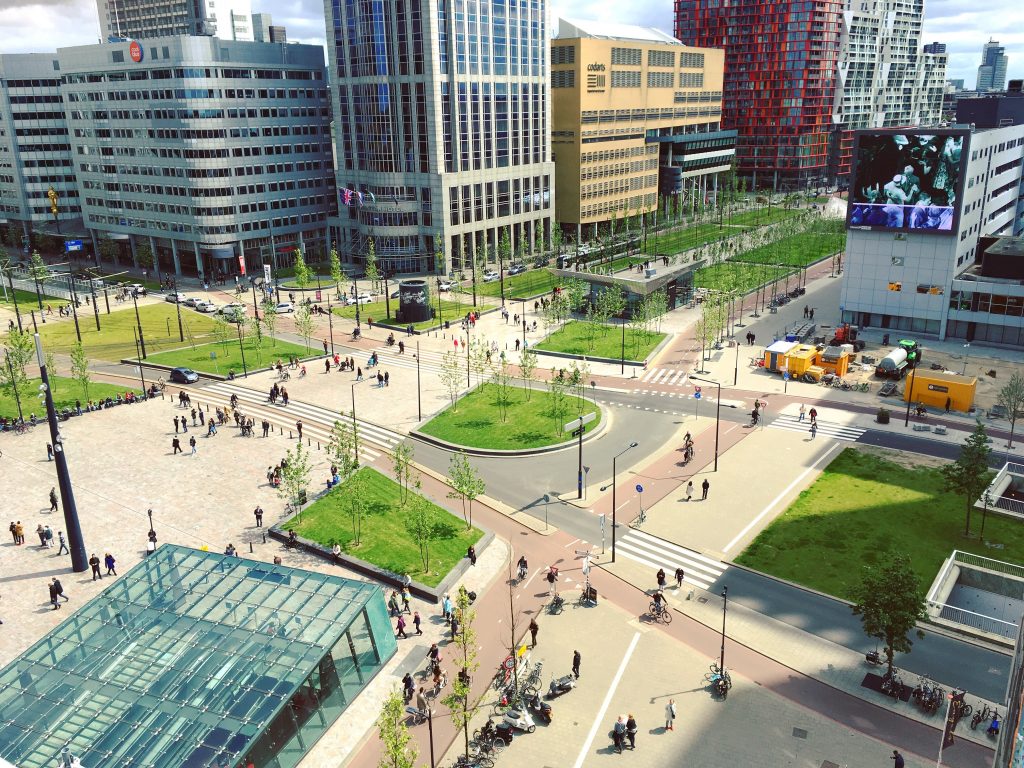
Key space features include:
- Footways should have a minimum unobstructed width of 2.5m (so two wheelchairs or pushchairs can pass each other) – but always aim for more depending on pedestrian volumes and location;
- With comfort levels of at least B+ on both footways and pedestrian spaces – see Tfl Pedestrian Comfort Guidance
- It is also essential to have enough space if places are to encourage people to stay and spend time. Research by Hall into personal space shows that in order to have a conversation we need between 45- 120cm space to have a comfortable conversation. Therefore, we should be designing for conversation spaces.
1) Safety
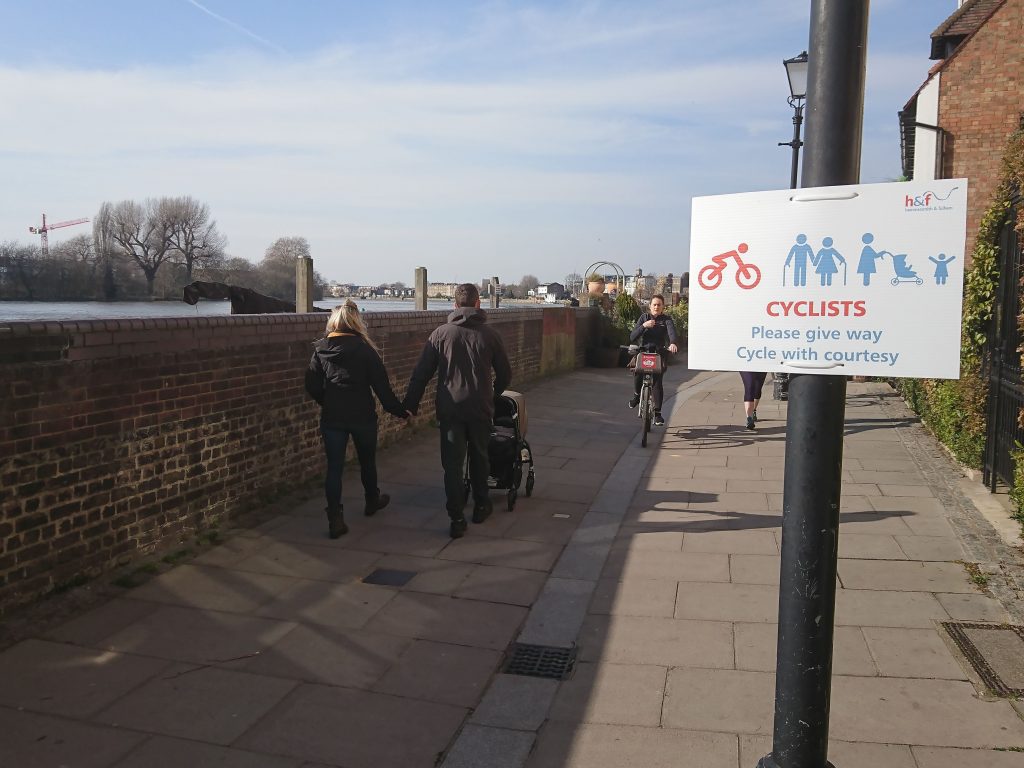
How safe a place feels to walk, whether that’s in relation to motor vehicles or safety from other people, crime and our perceptions of safety.
Key safety features include:
- The lower vehicle speed limits are the better – aim for 10-15mph for high pedestrian volumes along with speed restricting interventions;
- Frequent and safe pedestrian crossing points, with pedestrian priority and permeability promoted as much as possible.
- Streets and pedestrian zones should maintain adequate sight lines for pedestrians to see on coming traffic.
- Street lighting that illuminates all walking spaces and not just the carriageway.
- Removing blind corners so pedestrians can see what they are approaching is key.
- Safety can also mean having regular seating so that those that are less able can safely rest along the walking route – aim for seating every 100 meters on busy streets
3) Attractiveness
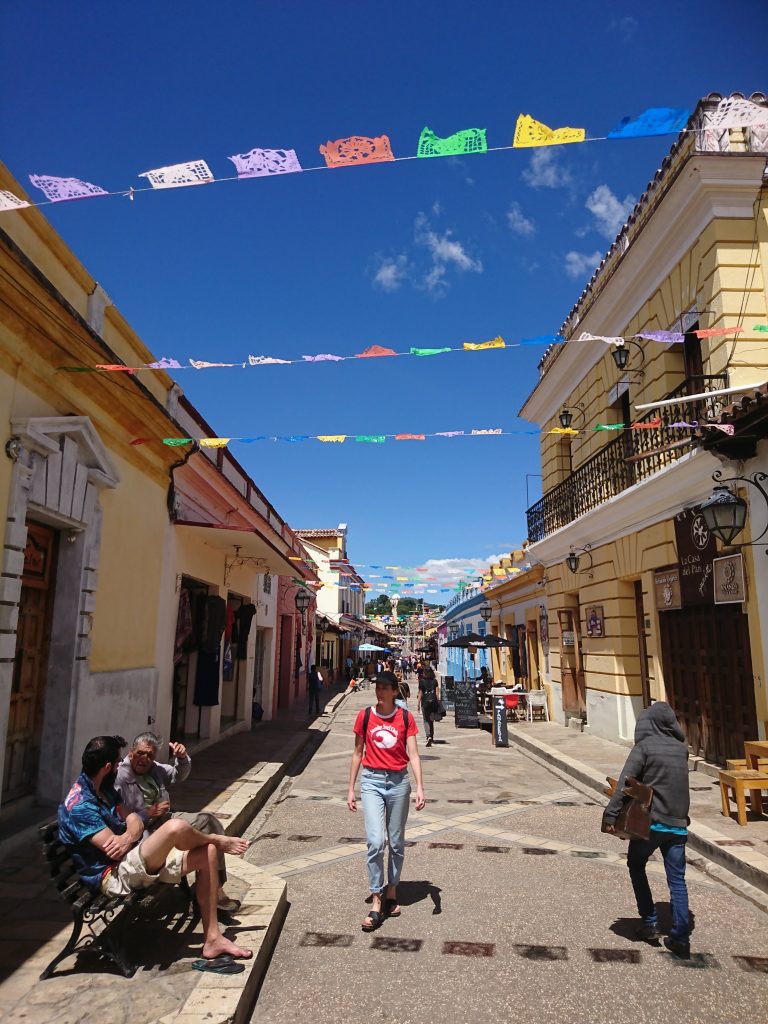
Streets need to be designed with making the environment as attractive as possible so that people will want to walk there rather than use another transport option or walk a different route.
Key features of attractiveness include:
- Cleanliness, regular provision of refuse and reycling bins and regular maintenance;
- Greenery and planting plays a big role in how attractive people feel a street is and softens the urban landscape; aim for street trees or green features every 15-20 meters;
- Ensuring streets have colour and are not just grey spaces is also important.
4) Enjoyability and Active Streets
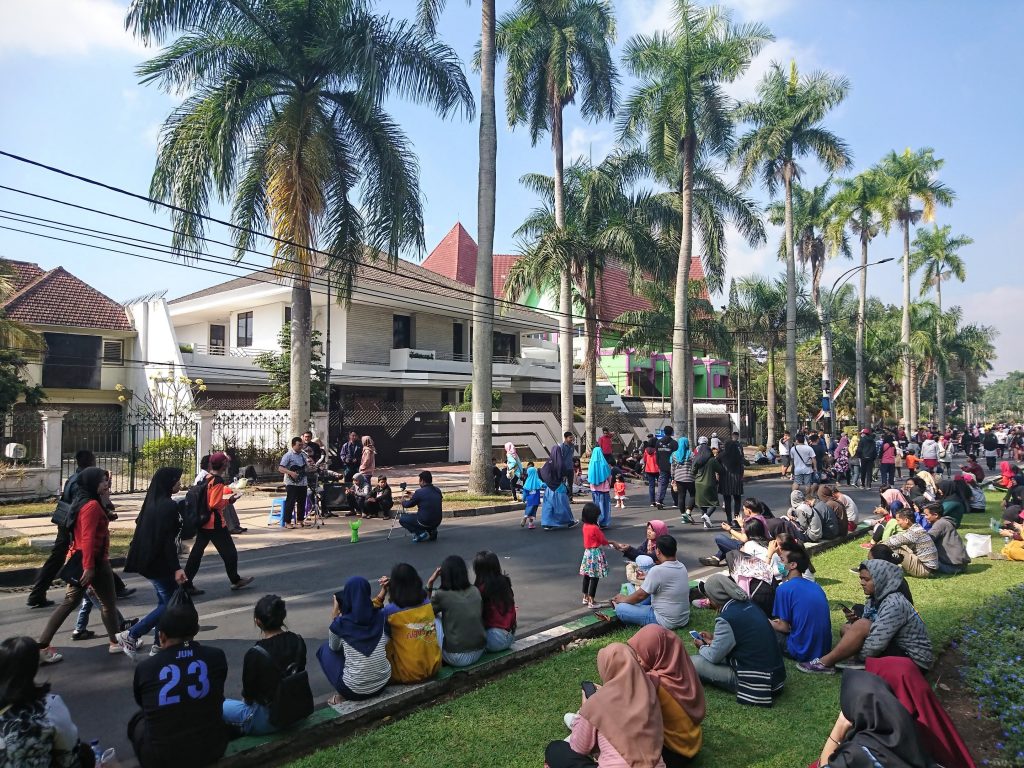
Linked to attractiveness, making walking enjoyable, fun and providing a purpose outside of the act of moving is important and a key part of encouraging people to walk.
Key features include:
- Installing features on streets that pedestrians can engage with and enjoy gives a reason for people to visit and stay in spaces. This can include, attractive and varied shopping and leisure opportunities as well as community features; interactive street art and activities; temporary road closures and people focused activities.
- Seating or rest areas (both formal – benches and informal – planters & walls) that are well designed (that encourages interaction with people or their surroundings), and well positioned (in places that people actually want to sit out of necessity and desire) add to the enjoyability;
- Things to see and do is one of the Healthy Streets indicators – and adding as many things to see and do will make a street healthier for walking.
5) Connectivity
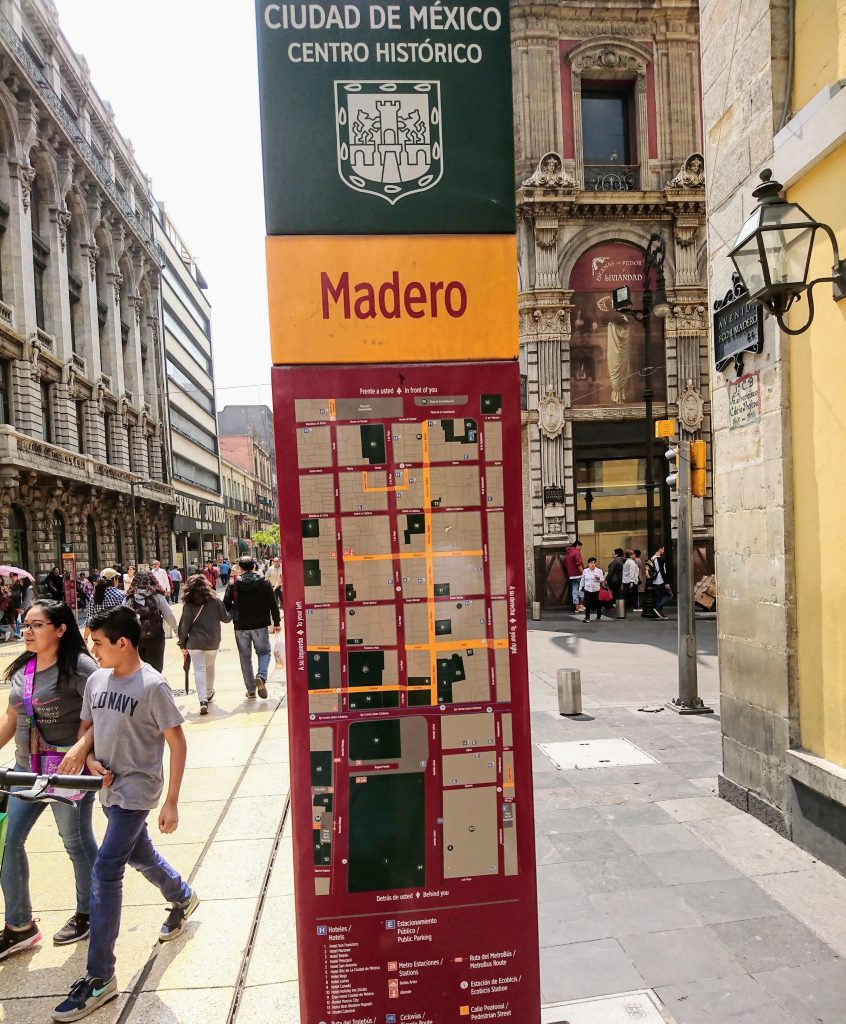
How connected a street or place is to the rest of a city, specifically for pedestrians is key, because without it you aren’t going to get many people walking there.
Key features include:
- How connected streets are physically – ensure that there are good walking networks that link with mixed use land areas, such as residential, commercial and educational spaces.
- How connected places are with other transport options – for a street to be walking friendly it needs to be well connected to public transport, and transport hubs should be linked via walking friendly networks.
- How connected a street is to a place – it is essential that pedestrians have high quality street signs and wayfinding so they can orientate themselves and connect with other nearby places by foot – aim for wayfinding signs on average at least every 100-200 meters; and also use wayfinding and more in-depth interpretation to provide information to pedestrians that links them to the place and culture of the area.
Published July 2019

